Table of content
Herbal-infused spirits, also known as herbal liqueurs or tinctures, have been cherished for centuries across cultures for their medicinal, culinary, and ceremonial uses. From ancient apothecaries to modern mixology bars, these botanical elixirs blend the robust flavors of alcohol with the delicate aromas and therapeutic properties of herbs, roots, and spices. Crafting your own herbal-infused spirits at home is a rewarding process that allows you to experiment with flavors, customize potency, and create unique beverages tailored to your taste preferences or wellness goals. This comprehensive guide will walk you through the history, techniques, and creative possibilities of making herbal-infused spirits, ensuring your journey into botanical mixology is both successful and enjoyable.
Understanding the Basics of Herbal Infusion
At its core, herbal infusion involves steeping dried or fresh plant materials in alcohol to extract their flavors, colors, and bioactive compounds. The alcohol acts as a solvent, dissolving volatile oils, resins, and other constituents that give herbs their distinct characteristics. The result is a concentrated liquid that can be enjoyed neat, mixed into cocktails, or used in cooking.
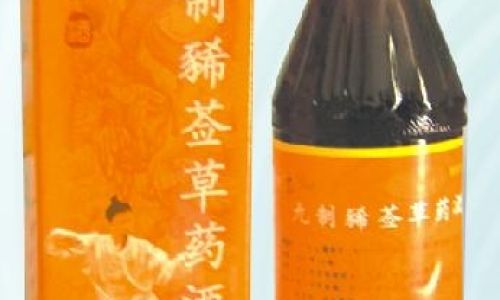
The choice of alcohol is critical. Neutral spirits like vodka or grain alcohol (e.g., Everclear) are popular for their clean taste, which allows the herbs to shine without competition. However, whiskey, brandy, rum, or gin can also serve as bases, imparting their own flavor profiles to the final product. The alcohol content typically ranges from 40% to 60% ABV (80–120 proof), with higher proofs aiding in faster extraction but requiring caution due to their potency.

Essential Tools and Ingredients
Before diving into the process, gather the following supplies:
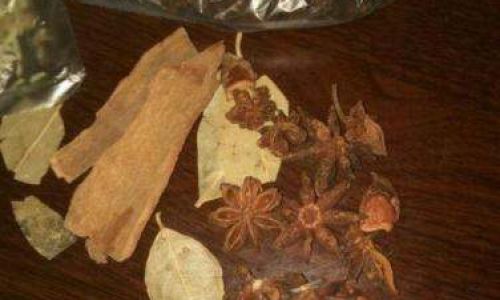
- Alcohol Base: As mentioned, vodka or Everclear are versatile choices. For flavored bases, consider aged rum (for spiced infusions) or unoaked whiskey (for smoky notes).
- Herbs and Botanicals: Use dried or fresh herbs. Common options include rosemary, thyme, lavender, mint, cinnamon, ginger, chamomile, hibiscus, and citrus peels. Ensure herbs are organic and free of pesticides.
- Sweeteners (Optional): Honey, sugar syrup, or agave can balance bitterness. For a traditional touch, use simple syrup (equal parts sugar and water heated until dissolved).
- Containers: Glass jars with airtight lids (e.g., Mason jars) are ideal for infusion. Avoid plastic, as alcohol can leach chemicals.
- Straining Tools: Cheesecloth, fine-mesh strainers, or coffee filters remove plant debris.
- Bottles for Storage: Decorative glass bottles with corks or stoppers preserve the liqueur and enhance presentation.
Step-by-Step Guide to Making Herbal-Infused Spirits
Preparing the Herbs
- Drying Fresh Herbs: If using fresh herbs, wash them gently and pat dry. Hang bundles upside down in a cool, dark place until brittle (1–2 weeks). Alternatively, use a dehydrator set to low heat.
- Crushing or Chopping: Lightly crush dried herbs (e.g., with a mortar and pestle) to release oils. Avoid over-processing, as powdered herbs are harder to strain.
Combining Herbs and Alcohol
- Ratio: A general guideline is 1 cup of herbs per 750ml (25 oz) of alcohol. Adjust based on potency preferences.
- Layering Flavors: Combine complementary herbs (e.g., rosemary and lemon peel, or cinnamon and cloves) for complexity.
- Fill the Jar: Place herbs in the jar, pour alcohol over them, and seal tightly. Label with the date and ingredients.
Infusion Time and Storage
- Steeping Duration: Most infusions require 2–4 weeks. Shake the jar daily to agitate the herbs and accelerate extraction.
- Taste Testing: After 7 days, sample the liquid by straining a small amount. If the flavor is too mild, reseal and continue steeping.
- Light Sensitivity: Store jars in a cool, dark place (e.g., a pantry) to prevent degradation of delicate compounds.
Straining and Filtering
- Coarse Straining: Use a cheesecloth-lined strainer to remove large debris. Squeeze gently to extract residual liquid.
- Fine Filtering: For crystal-clear liqueurs, pass the liquid through a coffee filter or multiple layers of cheesecloth. This step may take several hours.
Sweetening (Optional)
- Simple Syrup: Add 1–2 tablespoons per cup of infused spirit, adjusting to taste. Heat gently to dissolve if needed.
- Honey or Agave: Stir into the strained liquid until incorporated.
Aging and Bottling
- Maturation: Allow the sweetened liqueur to rest for 1–2 weeks to mellow flavors.
- Bottling: Pour into sterilized bottles using a funnel. Store in a cool, dark place for up to a year.
Popular Herbal Infusion Recipes
Calming Chamomile-Lavender Liqueur
- Ingredients:
- 1 cup dried chamomile flowers
- ½ cup dried lavender buds
- 750ml vodka
- ½ cup honey
- Instructions: Infuse for 14 days, strain, and sweeten with honey. Serve chilled or in hot tea.
Spicy Ginger-Citrus Infusion
- Ingredients:
- 1 cup fresh ginger (sliced)
- Zest of 3 lemons
- 2 cinnamon sticks
- 750ml rum
- Instructions: Steep for 10 days, strain, and enjoy neat or in cocktails.
Herbal Bitters for Cocktails
- Ingredients:
- 1 tbsp dried gentian root
- 1 tbsp dried orange peel
- 1 tsp cardamom pods
- 750ml high-proof bourbon
- Instructions: Infuse for 4 weeks, then dilute with simple syrup (1:1 ratio) for a classic bitters additive.
Safety and Considerations
- Avoid Toxic Plants: Research herbs thoroughly before use. Some plants, like foxglove or oleander, are poisonous.
- Allergies: Test a small amount if sensitive to pollen or specific botanicals.
- Alcohol Content: Homemade infusions retain high ABV. Consume responsibly.
Creative Uses for Herbal-Infused Spirits
- Cocktails: Mix with soda water, tonic, or juice. Examples include a lavender-gin fizz or ginger-rum mule.
- Cooking: Use in marinades, sauces, or desserts (e.g., rosemary-infused vodka in chocolate truffles).
- Gifts: Package in decorative bottles with custom labels for holidays or special occasions.
Conclusion
Crafting herbal-infused spirits is an alchemical art that marries botanical diversity with the timeless allure of distilled alcohol. Whether you seek the soothing embrace of chamomile, the fiery kick of ginger, or the exotic mystery of cardamom, the process invites creativity and patience. By mastering the basics of infusion, experimenting with flavor combinations, and adhering to safety guidelines, you can elevate your home bar or kitchen into a sanctuary of aromatic delight. So raise a glass to tradition, innovation, and the boundless possibilities of nature’s pharmacy—cheers to your next herbal adventure!
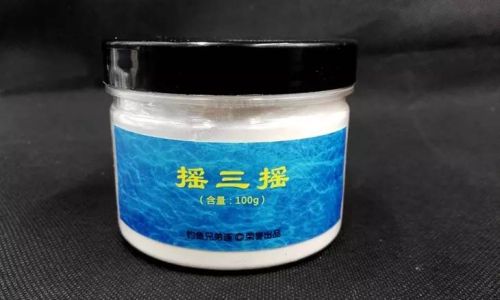
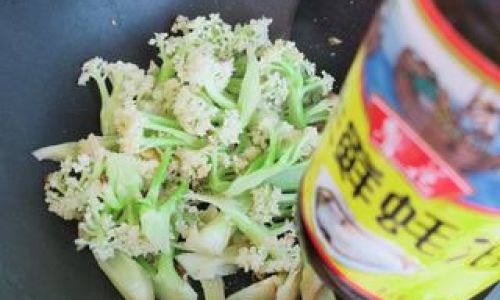
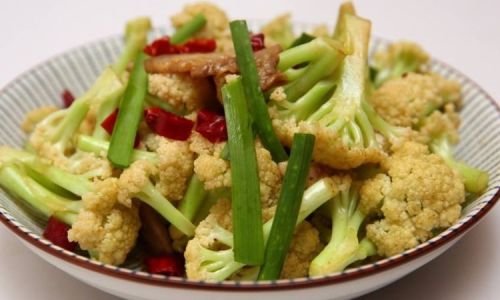
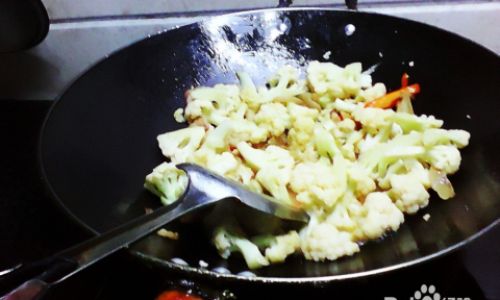

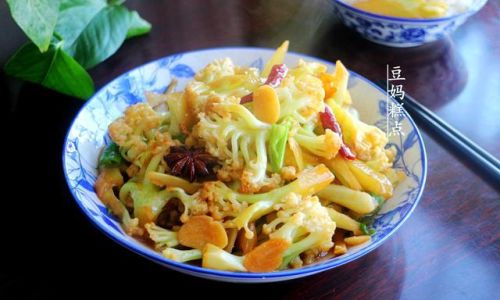
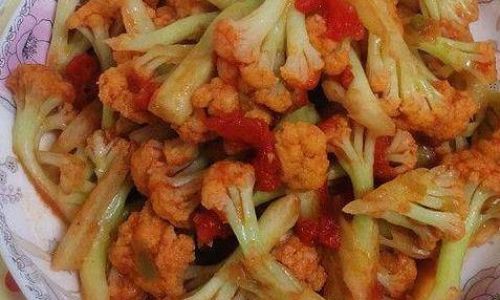
0 comments